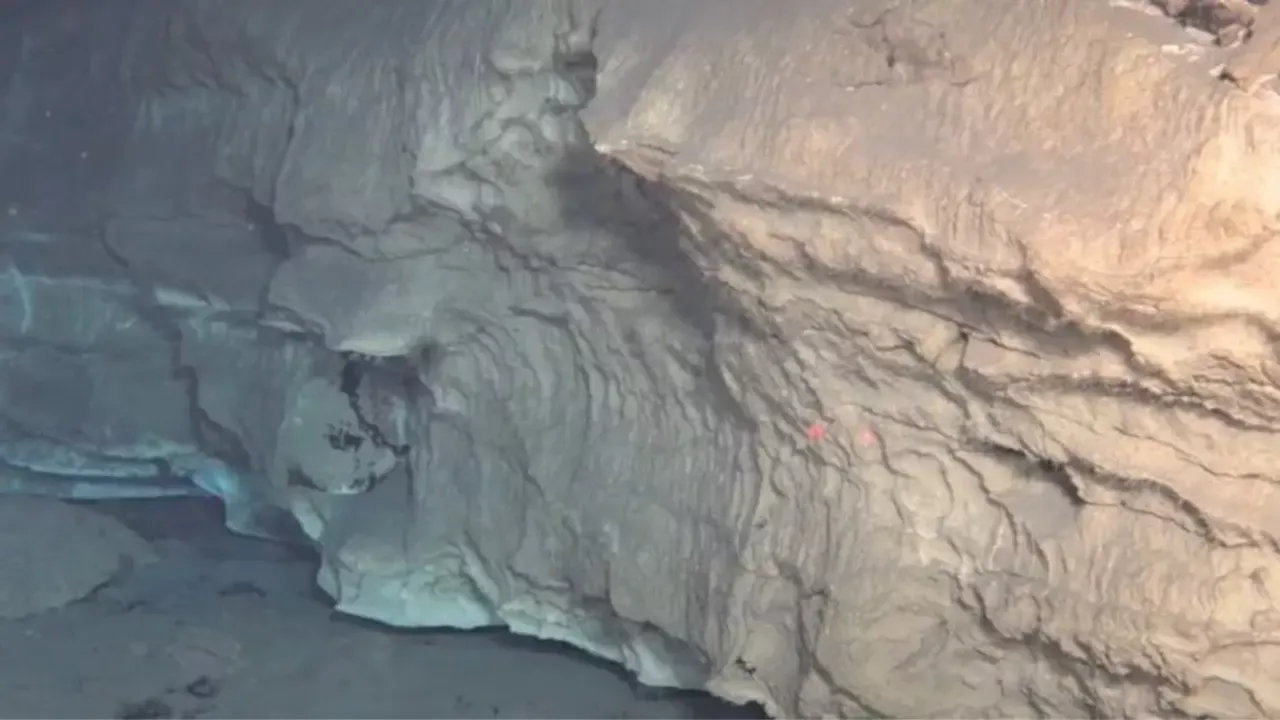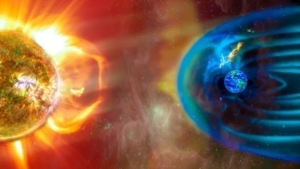
Chinese scientists have made a new discovery that could fundamentally change previously held views about the origin of life on Earth. This was reported by Zamin.uz.
They identified a previously unknown hydrothermal system called "Kunlun" at the bottom of the Pacific Ocean. This system is located northeast of Papua New Guinea and consists of nearly twenty craters.
The largest crater measures 1.8 kilometers in width and up to 130 meters in depth. Scientists refer to these craters as a "cluster of pipes" because large amounts of hydrogen are released from these areas, which supports the entire ecosystem's life.
The "Kunlun" area covers approximately 11 square kilometers, making it larger than the famous "Lost City" region. The environment here has characteristics similar to the early stages of Earth's development.
According to experts, life may have originated billions of years ago based precisely on such hydrogen emissions. Various organisms living in deep water inhabit the system, including shrimp, tube worms, sea anemones, and lobsters.
They feed on chemicals in an environment where sunlight does not reach. Interestingly, the "Kunlun" system does not resemble typical volcanic sources.
The temperature here is below 90 degrees, and the system is located not at the boundary of oceanic plates but at the center of a plate. Calculations show that "Kunlun" produces more than 5 percent of the world's underwater hydrogen.
Scientists believe that the craters formed gradually as hydrogen accumulated underground and then exploded. This discovery is of great significance for science.







